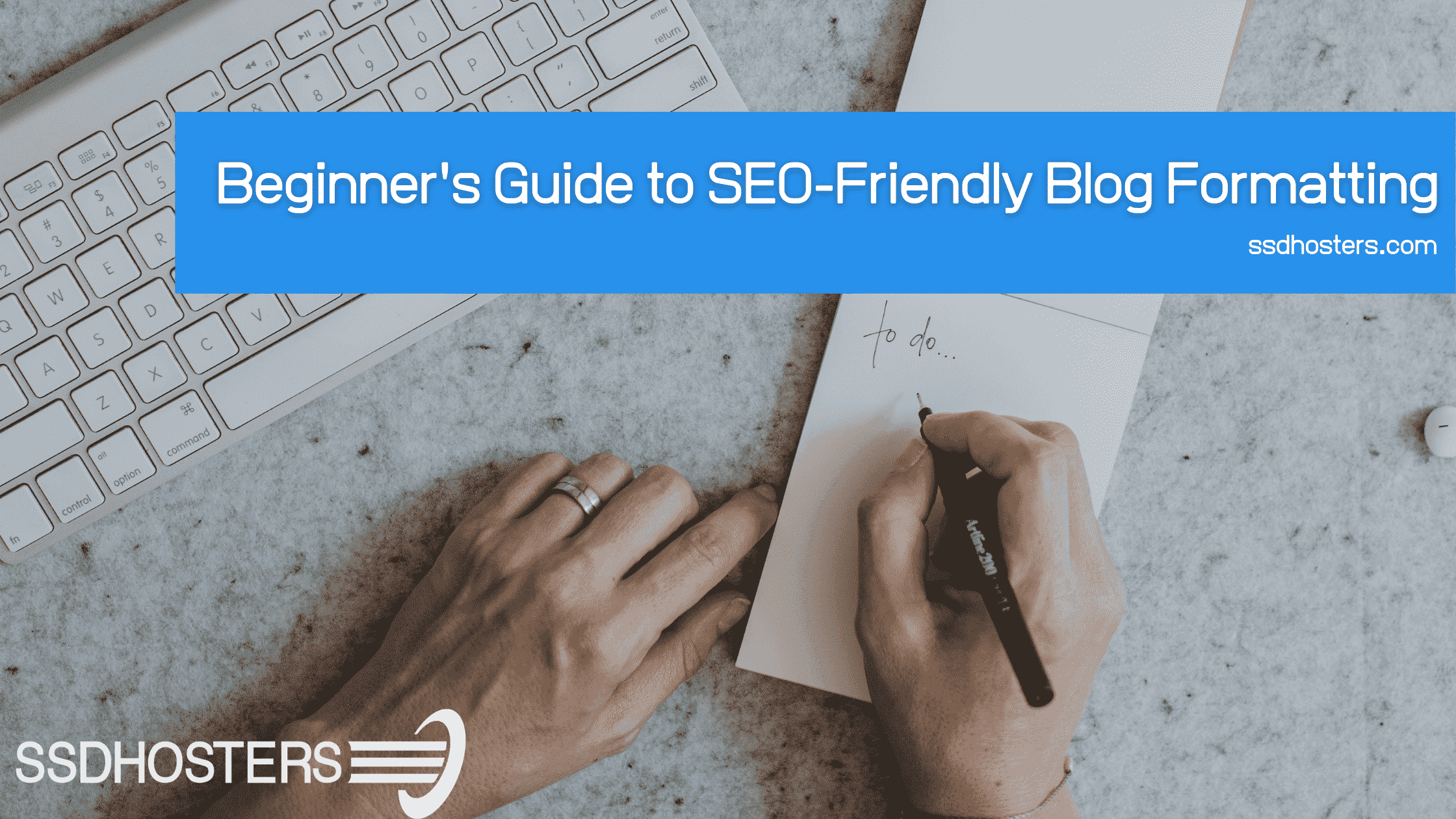Search Engine Optimization is a complex and multi-faceted process of boosting a website’s traffic by increasing its visibility to the viewers; it plays a vital role in a website’s success. SEO doesn’t aim at a particular aspect of a website; it optimizes the overall website, leaving no margin for error and making sure as much people visit it as possible.
Since there are so many SEO methods, keeping up is very difficult. Most of the fundamental techniques of improving your site’s ranking take place on individual pages and posts. You can also boost your site ranking buy enhancing your site’s readability and by using a proper format with headings.
On-page optimization
As we mentioned earlier, SEO consist of many elements; one of them is On-page optimization. On-page optimization is the process of improving your On-page format and structure and increasing its readability. On-page optimization is essential, but there are many more equally required methods that you need to do.
The On-page SEO makes the content on an individual page more appealing to the web crawlers. Since web crawlers are bots, so to effectively do an On-page SEO, you need to think like a bot. You need to understand how these web crawlers operate and how they index your website.
Since bots are not humans, they don’t think and don’t read like us. They will only note your page code and find out the significance of certain words or phrases and their structure as well. When these bots scan your content and identify the purpose of the page, they index it, and your page appears on the search engine. The better the quality of your content, the more chance of it being ranked higher.
On-page SEO increases the chance of your website getting ranked higher, which increase the visitors. The more the visitor, the more successful your site is.
How to format an SEO friendly blog page
Below are the steps to format an SEO friendly blog page. These steps are easy to understand and implement and also payoffs.
1. Keyword Research
When a searcher enters a query in a search engine, that query becomes are keyword, the more often this query is entered by different searchers, the more useful the keyword is for content writers. Integrating relevant keywords into your content indicates the web crawlers that your content is needed somewhere by someone.
Below are some of the ways you can integrate a keyword.
- Maintain a 1.5 percent keyword density.
Your keyword is searched enough that the bots know its importance, but not too often that it gets unnatural.
- Using keyword evenly
Your keyword should be in the beginning, middle and end of the content.
- Variations in keyword
All searcher won’t enter the same query; some of them might have the same meaning but different wording. So it would be best if you also used synonym and related phrases, this will help boost the ranking.
Don’t focus too much on using too many keywords; make sure your content sounds and look natural.
2. Always include headings and use short meaningful paragraphs
Using headings is the best way to divide your content in small, more understandable and meaningful chunks. Titles are vital in formatting the structure of your content.
As we mentioned earlier, the bots check the elements in your site HTML and determine what your content is about. Most likely, they contain your page headings, as they indicate key concepts of your content. Make sure that your headers are not in some fancy bold fonts but are wrapped correctly in the HTML tags. Most website builders give you the option for tagging headings.
Avoid using long paragraphs, and we would recommend you to use 3-4 line paragraph or 50-70 words.
3. Image optimization
Just like text, the web crawlers also go through images and images can also act as keywords; all you need to do is optimize them. Your image should have a
- Proper filename
Web crawlers don’t understand image file names, i.e. “500432.jpg” or “asdfg435.jpg”. It would be best if you gave your image a meaningful filename, dashes should separate the words instead of spaces, e.g. “my-image.jpg”.
- Alt text
Bots can’t see images; they use the alt text to find out what the image is about.
- Proper dimension
Your images must have a proper height and width, neither too big nor too small sized. They should fit their containers.
- File size
Always remember, keep your image file size smaller. An image with a small file size would take less time to load than that with large file size.
Always use your original images in your content, avoid copying from other sites. In any case, make sure you always perform the above steps.
4. Improve readability.
Readability is one of the most important factors in SEO. Readers don’t read the whole page, instead, they skim some parts. You should always structure your content in such a way that the reader reads and understand what you want them to read.
To do so, you can
- Avoid using difficult words
- Use short sentences and paragraphs
- Use bulleted lists where necessary
- Section your content logically and represent each section with a meaningful heading.
Readability is not for bots; instead, it’s for the readers, the better the readability, the more the UX and bounce rate. And UX and bounce rate helps a lot in the indexing process.
Conclusion
Above are some of the most straightforward steps that you can take to do an effective on-page SEO. If you read these steps carefully and follow them, you should be able to do an on-page SEO of your website, all by yourself.

1 thought on “Beginner’s Guide to SEO-Friendly Blog Formatting | SSDHOSTERS”